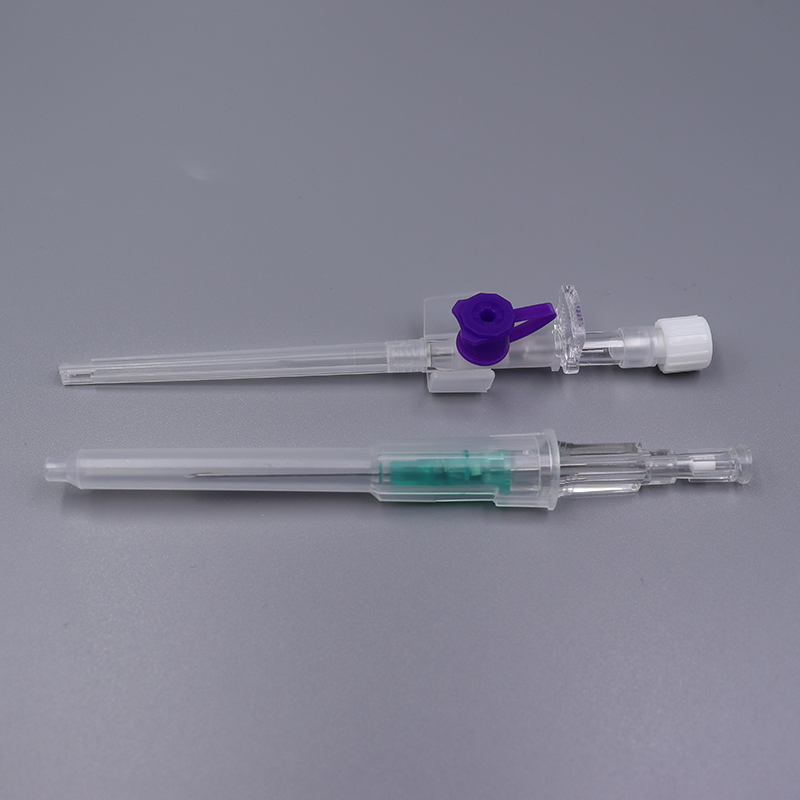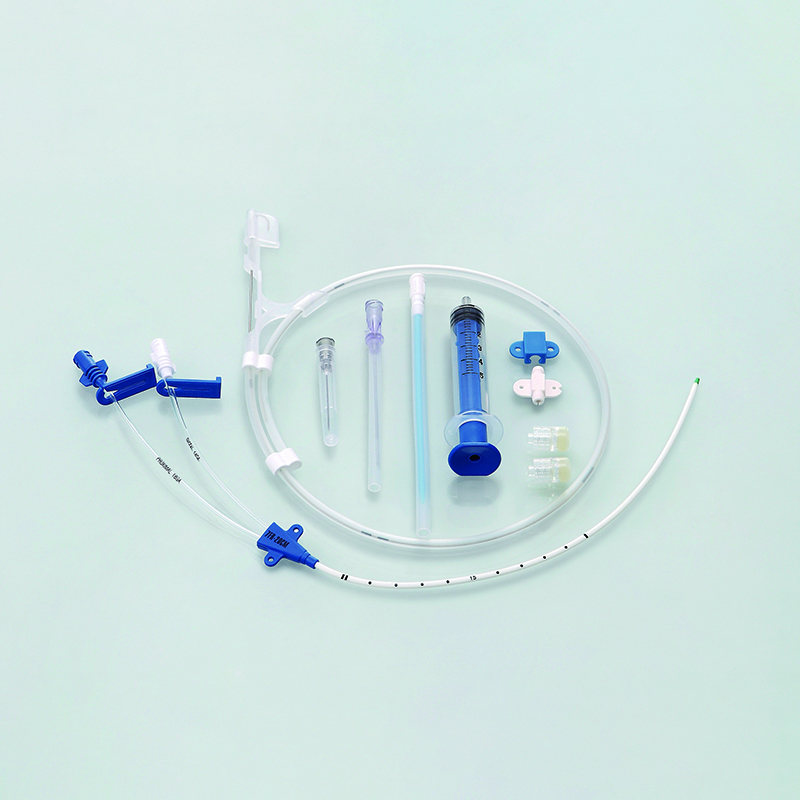Introduce
Shanghai TeamStand Corporation is a professional medical device supplier and manufacturer. They offer a variety of high-quality products, including intravenous cannula, scalp vein set needle, blood collection needles, disposable syringes, and implantable ports. In this article, we will focus specifically on IV Cannula. We will discuss the various types, features, and sizes available on the market today.
Types of IV Cannula
IV Cannulas are important medical devices used for intravenous treatment, blood transfusion, and drug administration. They come in different types to suit specific patient needs. The most common types of IV Cannulas include:
1. Peripheral intravenous cannulas: These cannulas are usually inserted into veins in the arms, hands, or feet. They come in different specifications, which determine their size. The smaller the gauge number, the larger the cannula diameter.
2. Central venous catheter: larger and longer than peripheral venous catheter. They are inserted into major central veins, such as the subclavian or jugular veins. Central venous catheters are used for interventions that require larger flows, such as chemotherapy or hemodialysis.
3. Midline catheter: A midline catheter is longer than a peripheral venous catheter but shorter than a central venous catheter. They are inserted into the upper arm and are suitable for patients who require long-term medication or have peripheral venous obstruction.
Characteristics of intravenous cannulas
Intravenous cannulas are designed with multiple features to ensure optimal patient comfort and safety during intravenous treatment. Some key features include:
1. Catheter material: Intravenous cannulas are made of materials such as polyurethane or silicone. These materials are biocompatible and minimize the risk of thrombosis or infection.
2. Catheter tip design: The cannula tip can be pointed or rounded. The sharp tip is used when puncture of the vessel wall is required, while the rounded tip is suitable for delicate veins to reduce the risk of puncture-related complications.
3. Winged or Wingless: IV cannulas can have wings attached to the hub for easier handling and securement during insertion.
4. Injection port: Some intravenous cannulas are equipped with an injection port. These ports allow additional medication to be injected without removing the catheter.
IV cannula size
IV cannulas are available in a variety of sizes, indicated by their gauge measurements. Gauge refers to the inner diameter of the cannula. The most common IV cannula sizes are:
1. 18 to 20 gauge: These cannulae are commonly used for blood transfusions and large volume transfusions.
2. No. 22: This size is suitable for most routine peripheral intravenous treatments.
3. 24 to 26 gauge: These smaller cannulas are typically used in pediatric patients or for administering medications at lower flow rates.
in conclusion
Intravenous cannula is an indispensable medical device in various clinical operations. Shanghai TeamStand Corporation is a professional medical device supplier and manufacturer, providing a variety of high-quality intravenous cannula and other products. When selecting an IV cannula, it is important to consider the different types, features, and sizes available. The main types are peripheral venous cannulae, central venous catheters, and midline catheters. Features such as catheter material, tip design, and the presence of wings or injection ports should be considered. Additionally, the size of an intravenous cannula (indicated by the meter measurement) varies depending on the specific medical intervention. Selecting the appropriate intravenous cannula for each patient is critical to ensuring safe and effective intravenous therapy.
Post time: Nov-01-2023



